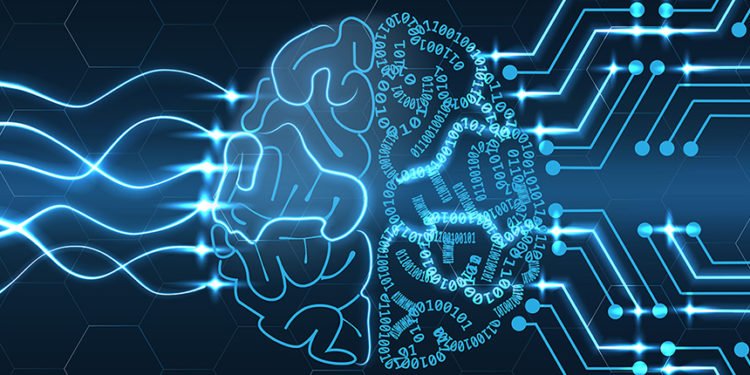Main Highlights:
- Artificial intelligence will impact the physical warehouse, taking over duties such as power management and temperature control.
- At the very least, complex concerns like dynamic product slotting and staff planning will be made simpler for humans.
- AI may impact the physical warehouse, taking over functions like power management and temperature control that are critical to warehouse operations.
- Companies should use AI to improve demand planning, production, transportation, and fulfillment to increase productivity and income.
As with the rest of the business, warehouse management stacks continue to evolve and become more automated and intelligent over time. It is not limited to the warehouse floor, nor is it focused primarily on meeting the expanding demands of a robotized workforce on that level.
The reality is that there is just as much activity taking place in the background, with software modules performing duties like planning, provisioning, and other functions that are not visible to the user. These new technologies will probably help smooth out some of the wrinkles in the warehouse management business while also providing much-needed respite to an already overburdened supply chain.
Important Artificial Intelligence Applications:
Lucas Systems, a company that develops warehouse efficiency software, has highlighted only one of the five ways artificial intelligence is projected to impact warehouses and distribution facilities. Even complicated issues such as dynamic product slotting and staff planning will be made simpler for humans, at the very least. Working in dynamic and fast-moving environments will be easier and safer with artificial intelligence (AI) support, aiding performance management and safety metrics collection.
While most warehouse directors and managers have high expectations for artificial intelligence, Vanson Bourne claims that only a small number of them use it for anything other than inventory management. This is the case due to many factors, including the fact that this is a whole new approach to system and process management.
Concerns about risk and control, for example, continue to elicit feelings of anxiety, fear, and mistrust in the minds of those who experience them. This needs to change quickly, as most CEOs expect to see a return on their AI investments of up to 60% within five years of investing.
Additionally, it is feasible that artificial intelligence will impact the physical warehouse, taking over duties such as power management and temperature control, which are crucial to warehouse operations. According to Peter Lewis’ vision, Fully automated micro centers may provide better service and higher-quality products, notably in the food industry, to neglected communities.
These new warehouses, which would require only the bare minimum in terms of infrastructure and, if any, workers to function, would mainly help rural areas in the United States.

Chain links with superior intelligence
An intelligent warehouse can help the company break down the supply chain and distribution method silos by becoming an automated, smart system. According to Outlier AI Inc. Vice President of Global Sales Jerry Stephens, a connected warehouse removes many of the major bottlenecks that hinder all aspects of this complex system from operating together as they should.
More incredible inventory and movement visibility, for example, might help managers anticipate problems and take preventive measures before productivity is negatively impacted. Using artificial intelligence (AI), platforms for planning and optimization may now work in near real-time.
Because it targets the whole supply chain, from demand planning to manufacture to transportation to fulfillment, artificial intelligence (AI) can help companies increase productivity and revenue. An essential benefit of the warehouse will be the ability for firms to monitor meaningful changes in numerous key performance indicators on a day-by-day basis rather than just weekly.
Due to artificial intelligence (AI), warehouse management will likely become even more integrated into the company data stack. There will even be robots in the office that generate data and feed it back to AI-driven systems. Finally, the idea is to develop a more visible, interactive warehouse that can be better adapted to supply chain fluctuations, both large and small.
However, AI-driven warehousing is not merely a platform to be deployed. Still, a fundamental shift in the way data, systems, and human operators interact with one another, just like in other company areas. This new way of operating warehouse management will require a concerted effort at first and then much more resolve to guide its adaption to suit each company’s particular business model.



















